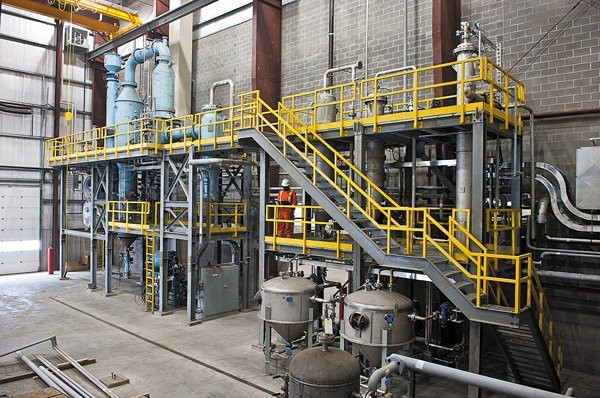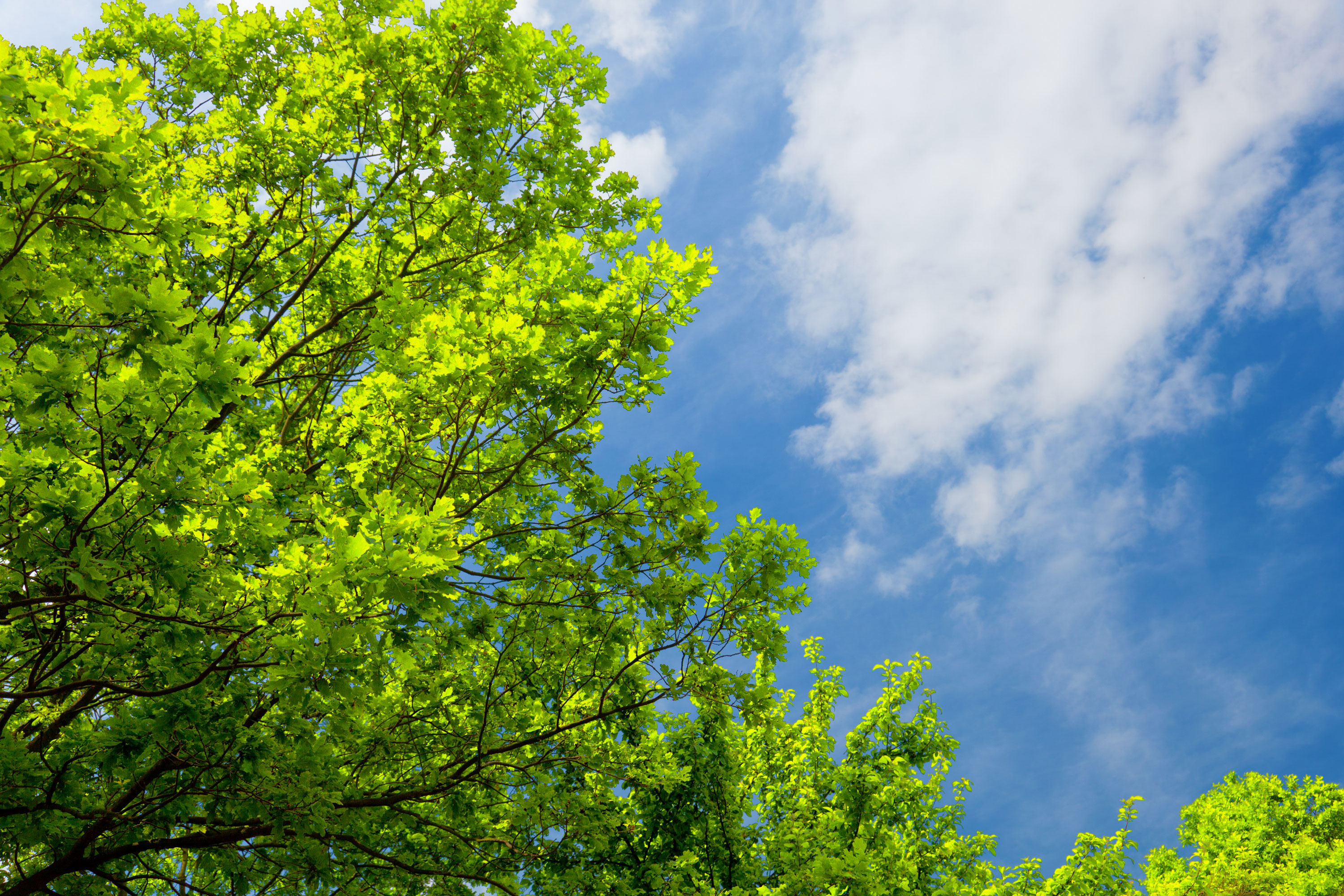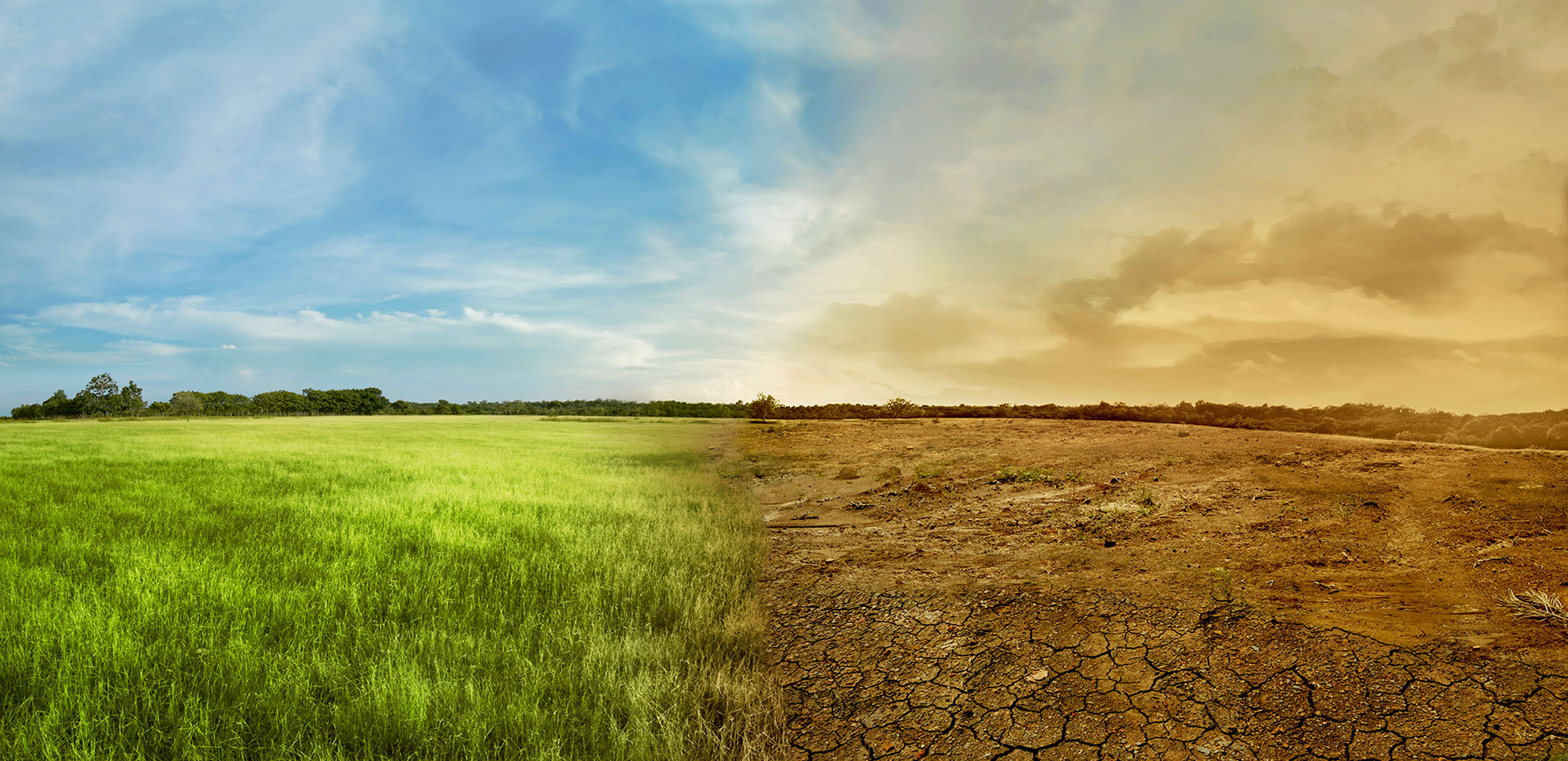Accelerating the transition from the economic model of linear resource consumption, in force since the Industrial Revolution (Resource – Product – Waste) to a model of circular economy (Resource – Product – Recycling – Resource) is one of the economic, political and social emergencies to bring us closer to the sustainability goals set by the agendas of the main governments and international organizations. This new paradigm is aimed at preserving the planet and its natural resources for future generations.
Circular economy requires a shift from product design to packaging, transport and distribution systems to product use. Finally, it focuses on recycling or reuse (which must be designed with sustainability in mind to reduce the waste we generate and maximize the usefulness and reuse of the products and the elements that compose them).
The impact of the circular economy in Europe is expected to generate €1.8 trillion by 2030, according to a study by McKinsey, SUN and the Ellen MacArthur Foundation, endorsed by the European Union.

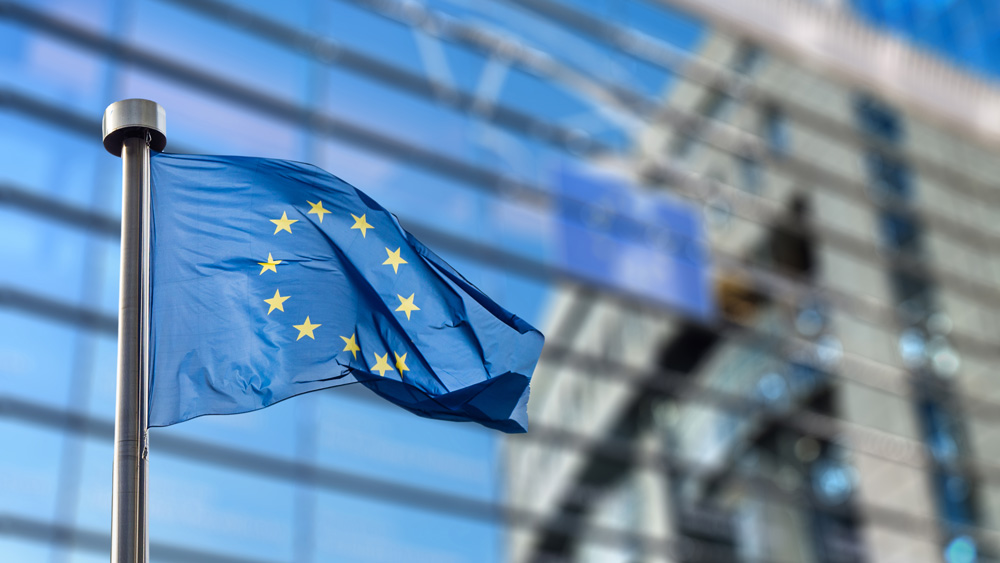
European framework for waste treatment
Avoiding and reducing waste generation is one of circular economy’s main challenges. In this environment, the Ecoplanta project adapts to current legislation. The European Waste Directive (2008/98/EC) establishes waste prevention as the overriding principle and promotes the reduction, re-use and recycling of waste, makes energy recovery a priority and considers landfills as the last option in its treatment. In this sense, the European targets for 2035, foresee that landfills will only represent 10% in waste treatment and incineration 25% while recycling and material recovery should account for 65% of this treatment.
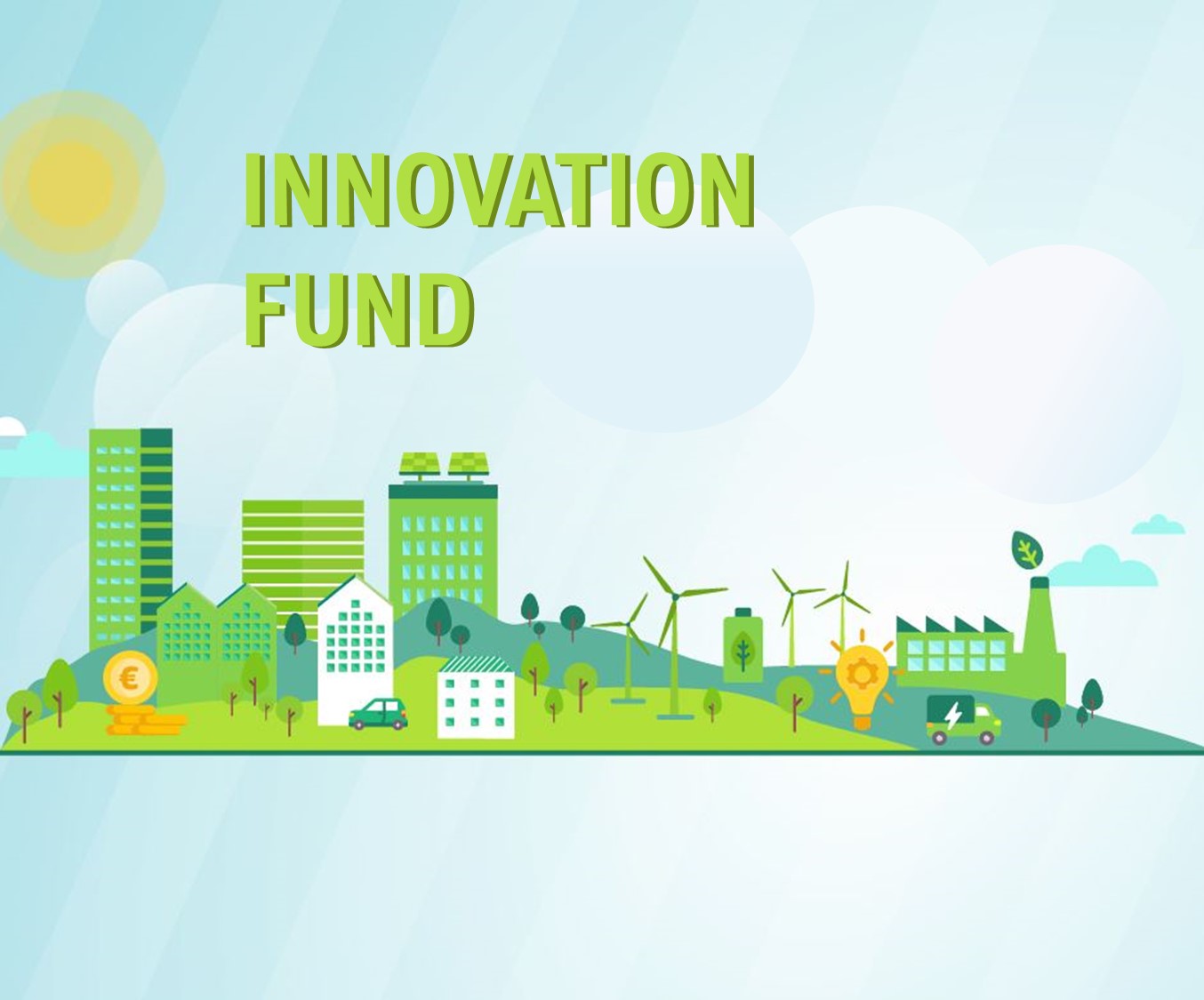
The Ecoplanta project was one of seven projects shortlisted in the European Innovation Fund, from over 300 large-scale projects submitted for its contribution to the fight against climate change.
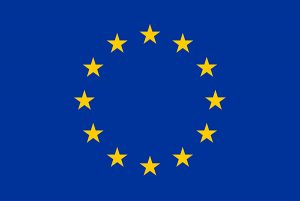
Co-funded by the European Union
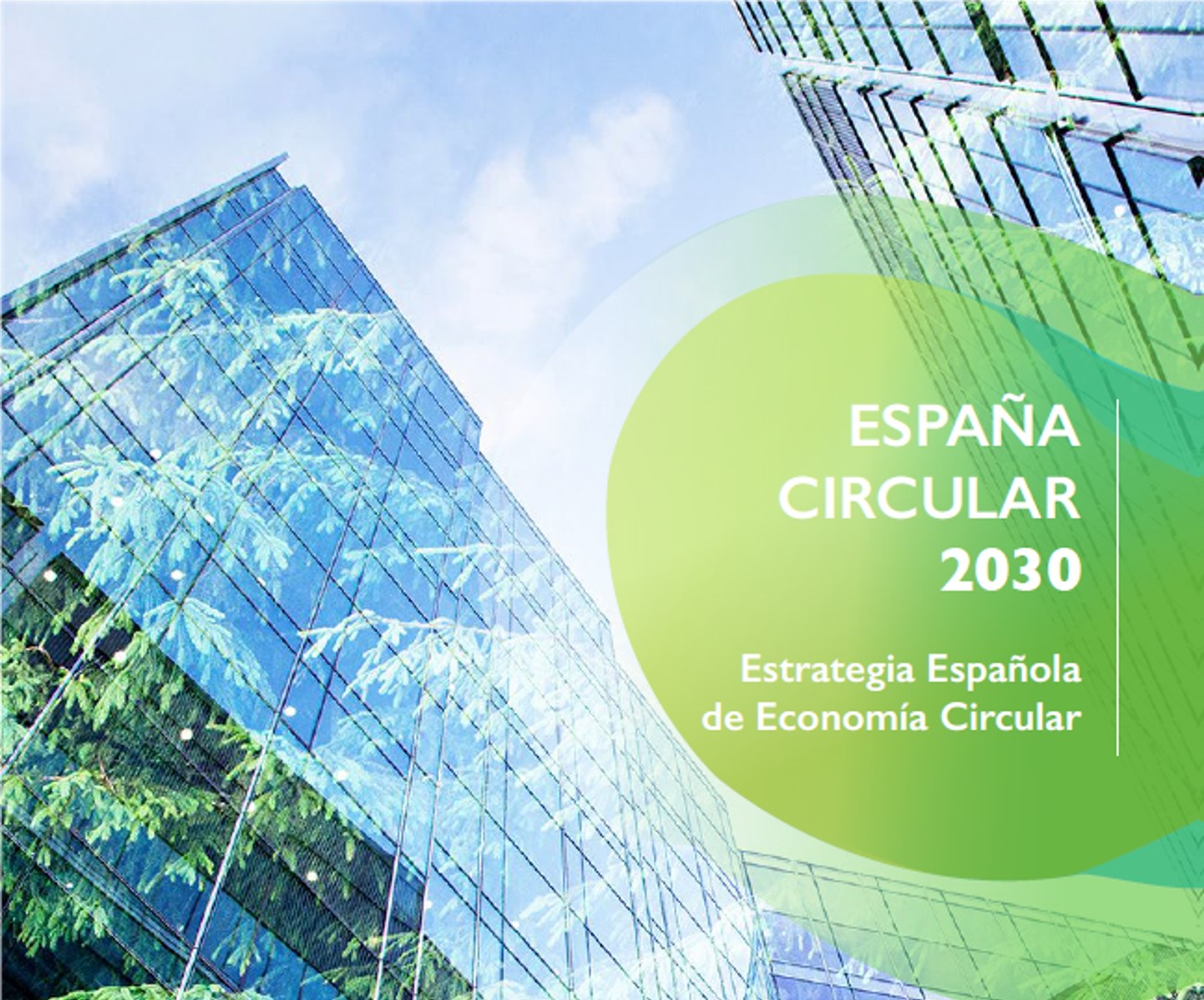
The Spanish Circular Economy Strategy, Circular Spain 2030
The Spanish Circular Economy Strategy (SCES) aligns with the objectives of the two European Union circular economy action plans, “Closing the Circle: an EU action plan for the circular economy” of 2015 and “A new Circular Economy Action Plan for a cleaner and more competitive Europe” 2020, in addition to the European Green Pact and the 2030 Agenda for sustainable development.
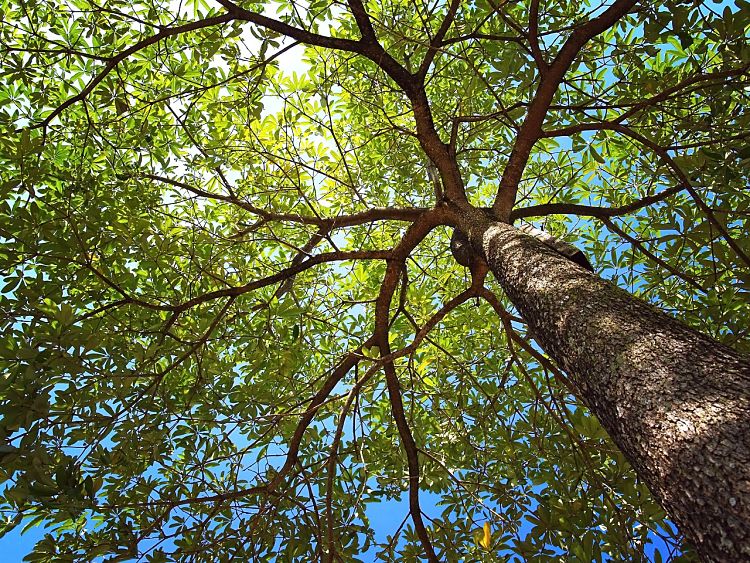
Within this context, the Strategy establishes strategic guidelines as a ten-year timeline and sets a series of quantitative objectives to be achieved by 2030, which Ecoplanta would directly support:
• Reducing the national consumption of materials by 30% in relation to the GDP, taking as reference year 2010.
• Reducing waste generation by 15% compared to 2010.
• Increasing reuse and preparation for reuse to 10% of municipal waste generated.
• Reducing greenhouse gas emissions to below 10 million tonnes of CO2 equivalent.
